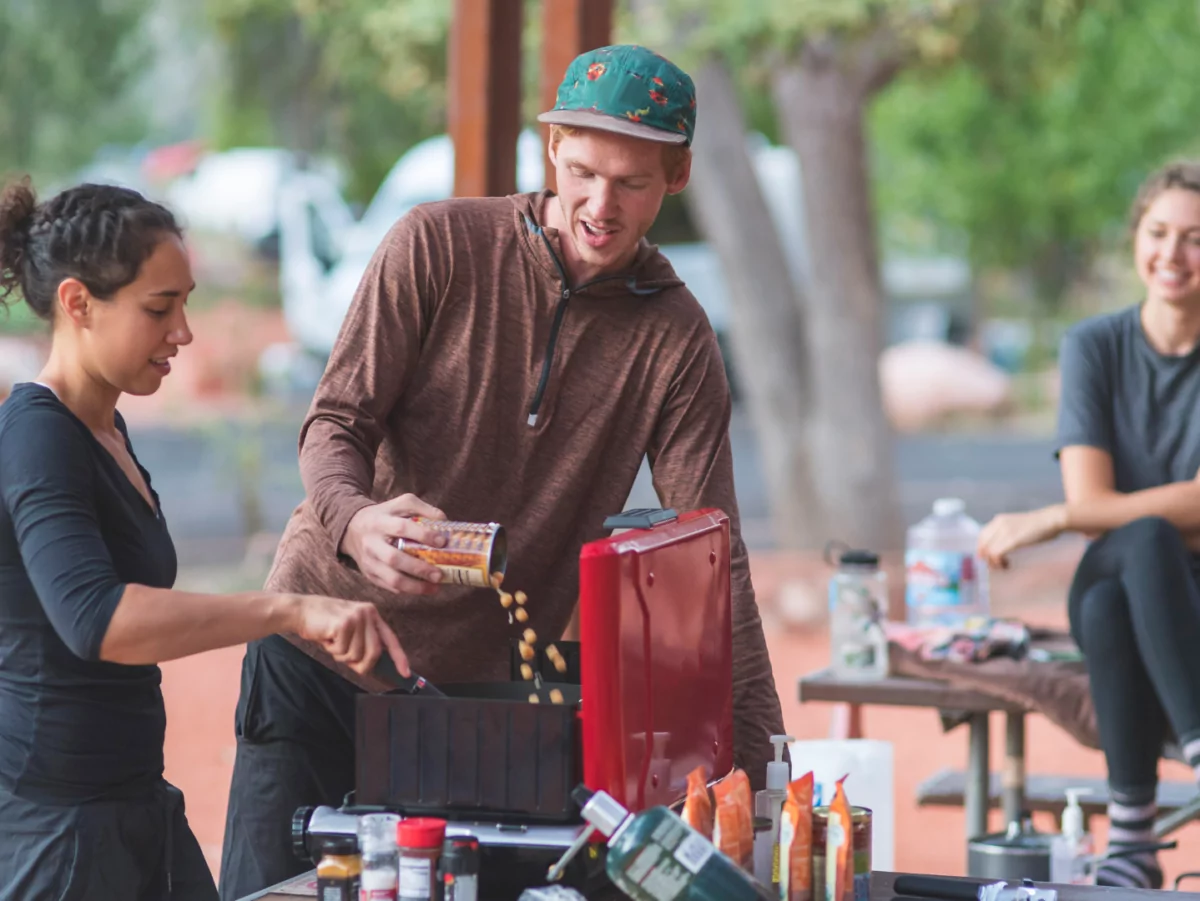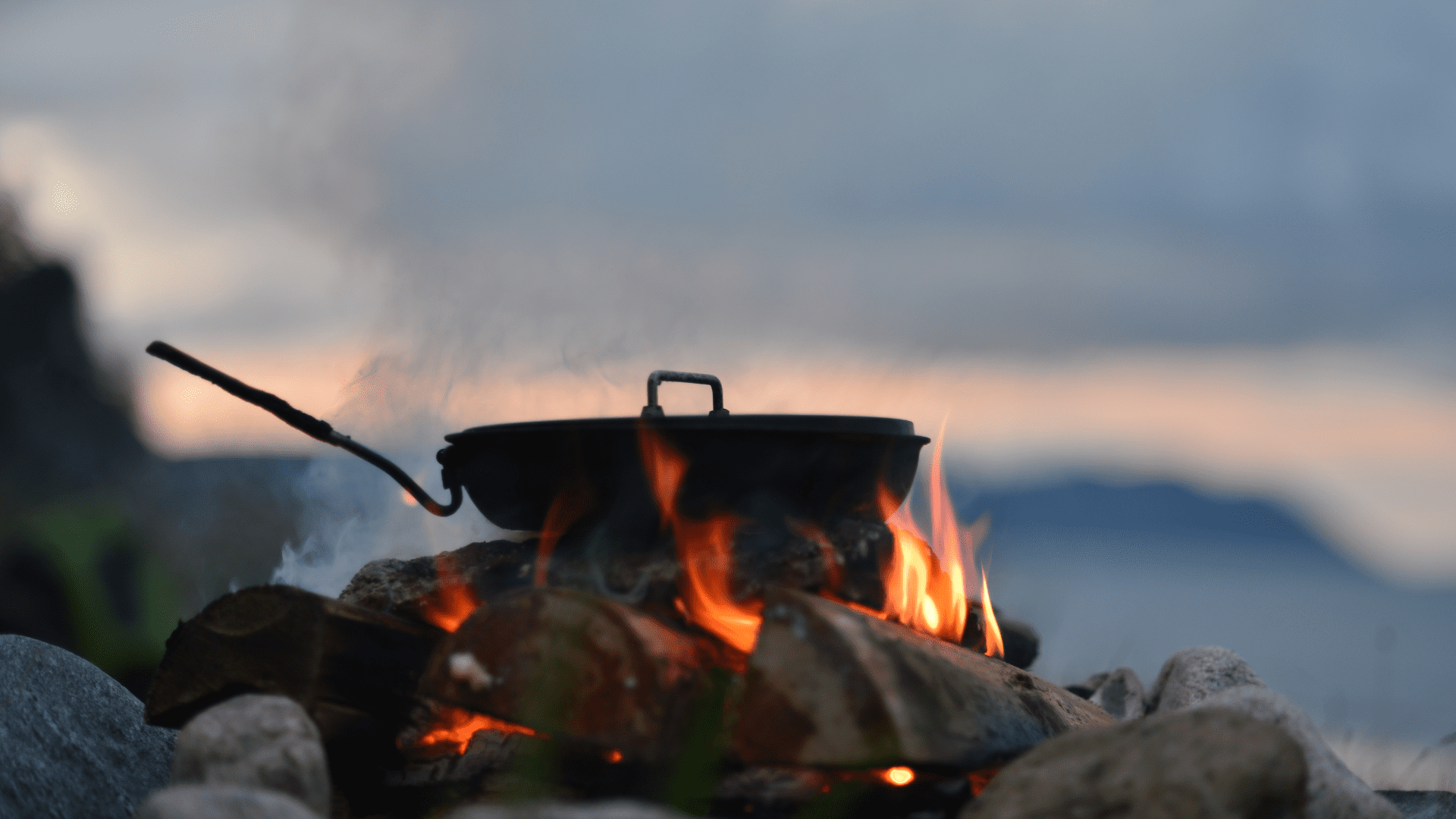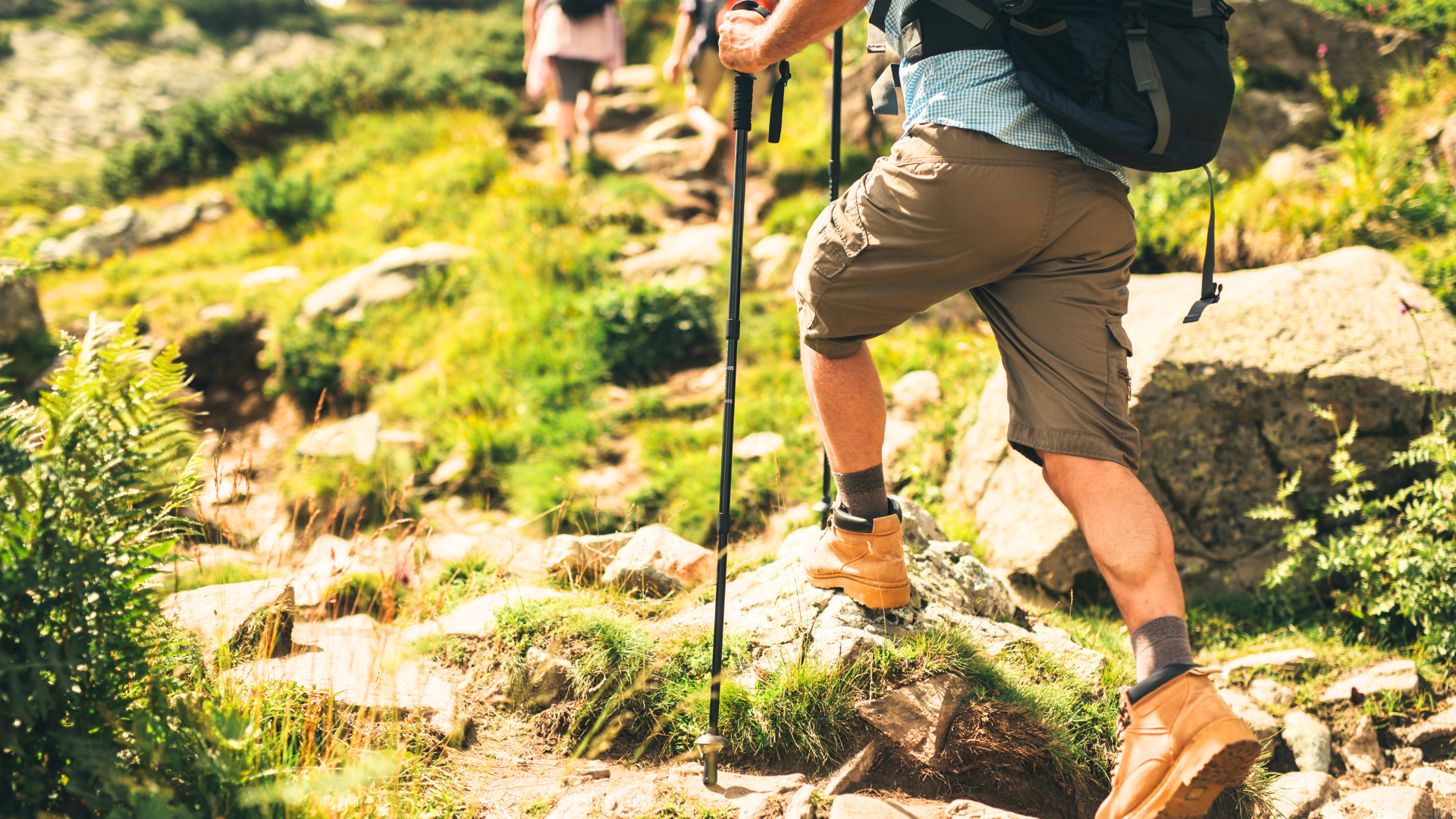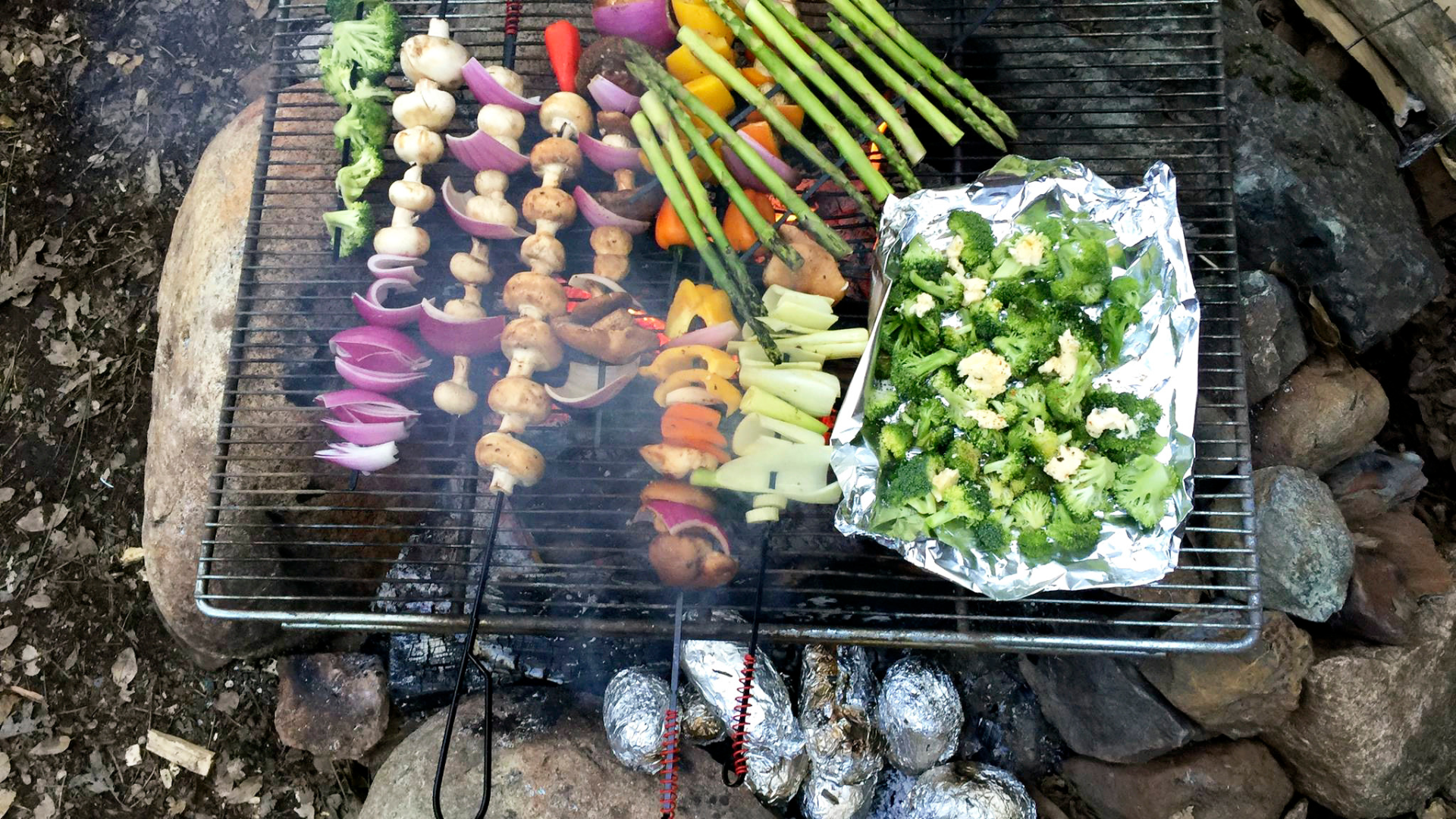Vegan Meal Ideas for Camping

Welcome, fellow adventurers, to the untamed beauty of the backcountry! As a seasoned backpacking guide, I’ve roamed countless trails, soaking in nature’s wonders while fueling my journey with hearty, plant-powered meals. Today, I’m stoked to share with you the secrets of crafting delicious and nourishing vegan camping food that will keep you energized and ready for whatever adventure lies ahead.
Why vegan camping food?
Before we delve into my three go-to recipes for the backcountry, let’s address the burning question: why choose vegan camping food? Well, my friends, the answer is simple: it’s easy, sustainable, and oh-so-nourishing! Vegan meals provide a powerhouse of nutrients without the heavy burden on the environment. Plus, they’re incredibly versatile, making them perfect for any outdoor excursion.
Ease of Preparation
One of the beauties of vegan camping food is its simplicity. Many vegan recipes require minimal cooking time and can be prepared with just a few lightweight ingredients. With just a single, compact camping stove, you can whip up a hearty meal in no time, leaving you more time to enjoy the great outdoors.

Sustainability
Choosing to make vegan camping meals for your backcountry adventures is also a win for the planet. Plant-based diets have a lower carbon footprint compared to diets heavy in animal products. By opting for vegan meals, you’re reducing your environmental impact while exploring and enjoying the natural world.
Nutritional Benefits
Vegan foods are packed with essential nutrients that are vital for sustained energy and endurance on the trail. From complex carbohydrates in grains and legumes to protein-rich nuts and seeds, the vegan camping meals detailed below provide a balanced array of nutrients to fuel your adventures. Plus, the abundance of fruits and vegetables in vegan meals ensures you’re getting a healthy dose of vitamins, minerals, and antioxidants to keep you feeling your best.
Recipes and Instructions
 Lentil Curry
Lentil Curry
Ingredients:
- 1 cup dried lentils
- 3 cups vegetable broth
- 1 onion, diced
- 2 cloves garlic, minced
- 1 tablespoon curry powder
- 1 can coconut milk
- 2 cups spinach
- Salt and pepper to taste
Instructions:
- In a pot, combine lentils and vegetable broth. Bring to a boil, then reduce heat and simmer for 20-25 minutes until lentils are tender.
- In a separate skillet, sauté onion and garlic until fragrant.
- Stir in curry powder and cook for an additional minute.
- Add cooked lentils, coconut milk, and spinach to the skillet. Simmer for 5-10 minutes until spinach is wilted.
- Season with salt and pepper to taste.
- Serve hot over rice or enjoy on its own for a hearty vegan meal in the backcountry!
read: backcountry cooking TIPs
Quinoa Veggie Stir-Fry
Ingredients:
- 1 cup quinoa
- 2 cups water
- 1 tablespoon olive oil
- 1 bell pepper, sliced
- 1 zucchini, diced
- 1 cup mushrooms, sliced
- 2 cloves garlic, minced
- 1 tablespoon soy sauce
- Salt and pepper to taste
Instructions:
- In a pot, bring water to a boil and add quinoa. Reduce heat, cover, and simmer for 15-20 minutes until quinoa is cooked.
- In a skillet, heat olive oil over medium heat. Add garlic and sauté for 1 minute.
- Add bell pepper, zucchini, and mushrooms to the skillet. Cook until vegetables are tender.
- Stir in cooked quinoa and soy sauce. Season with salt and pepper to taste.
- Serve hot and enjoy the flavorful goodness of this vegan backcountry delight.
Chickpea Salad Wraps
Ingredients:
- 1 can chickpeas, drained and rinsed
- 1/4 cup diced red onion
- 1/4 cup diced bell pepper
- 1/4 cup diced cucumber
- 2 tablespoons chopped fresh parsley
- 2 tablespoons lemon juice
- 2 tablespoons olive oil
- Salt and pepper to taste
- Whole grain tortillas
Instructions:
- In a bowl, mash chickpeas with a fork until slightly chunky.
- Add red onion, bell pepper, cucumber, parsley, lemon juice, olive oil, salt, and pepper to the bowl. Mix until well combined.
- Spoon chickpea salad onto whole grain tortillas and wrap tightly.
- Pack the wraps in your backpack for a satisfying and portable vegan meal on the trail!
Where to find vegan camping food
 If you’re short on time or prefer the convenience of pre-packaged vegan camping meals, fear not! Several companies offer a wide range of delicious vegan options designed specifically for outdoor enthusiasts. Companies like Outdoor Herbivore, Backpacker’s Pantry, and Good To-Go have got you covered with delectable vegan meals that are ready to fuel your adventures.
If you’re short on time or prefer the convenience of pre-packaged vegan camping meals, fear not! Several companies offer a wide range of delicious vegan options designed specifically for outdoor enthusiasts. Companies like Outdoor Herbivore, Backpacker’s Pantry, and Good To-Go have got you covered with delectable vegan meals that are ready to fuel your adventures.
Vegan Snack Ideas
In between meals, keep your energy levels up with these vegan-friendly snacks:
- Trail mix with nuts, seeds, and dried fruits
- Vegan energy bars or granola bars
- Fresh fruit like apples, oranges, or bananas
- Hummus and veggie sticks
- Roasted chickpeas or edamame
Tips for Meal Planning and Storage
When preparing for a backcountry excursion, proper meal planning and storage are essential. Here are some tips to help you make the most of your vegan camping meals:
Prep Ahead: Before heading into the backcountry, take some time to prep your meals and ingredients. Chop vegetables, measure out spices, and cook grains or legumes in advance to streamline the cooking process on the trail.
Pack Lightweight Ingredients: Opt for lightweight and compact ingredients that won’t weigh you down during your hike. Dried grains, dehydrated vegetables, and canned goods with pop-top lids are excellent options for backpacking meals.
Use Reusable Containers: Invest in reusable containers or lightweight food storage bags to keep your meals organized and protected from spills and leaks. These containers can also double as bowls or plates, reducing the need for extra gear.
Practice Leave No Trace: When enjoying vegan meals in the backcountry, it’s essential to follow Leave No Trace principles. Pack out all food scraps and waste, dispose of greywater properly, and minimize your impact on the environment.
Dehydrate your own vegan recipe: This is my personal favorite way to enjoy vegan mealsin the backcountry. Here’s a brief summary of the process:
Preparation: Start by selecting your ingredients. Choose a variety of vegetables, legumes, grains, and spices to create flavorful and nutritious meals.
Cooking: Cook any ingredients that require cooking, such as grains or legumes. You can also sauté or roast vegetables for added flavor.
Dehydration: Spread the cooked ingredients in a single layer on dehydrator trays. Set the dehydrator to the appropriate temperature and time according to the instructions for each ingredient.
Checking for Dryness: Check the ingredients periodically to ensure they are fully dehydrated. They should be dry and crisp to the touch, with no moisture remaining.
Packaging: Once fully dehydrated, allow the ingredients to cool completely before packaging. Store them in airtight containers or vacuum-sealed bags to preserve freshness.
Rehydration: When ready to eat, simply rehydrate the dehydrated ingredients by adding hot water. Allow them to soak until fully rehydrated and enjoy a delicious and satisfying vegan meal on the trail!
With a bit of practice and experimentation, you can create a variety of dehydrated vegan camping food that are lightweight, portable, and packed with flavor. Happy dehydrating!
Conclusion
Vegan camping food offers a winning combination of sustainability, nutrition, and convenience for outdoor enthusiasts. With a bit of planning and preparation, you can enjoy a variety of delicious plant-based meals that will fuel your adventures and leave you feeling satisfied and energized. Whether you’re embarking on a day hike, weekend backpacking trip, or multi-day expedition, these vegan meal ideas and tips will help you make the most of your time in the great outdoors. So grab your backpack, hit the trail, and savor the flavors of vegan cuisine amidst nature’s splendor!





